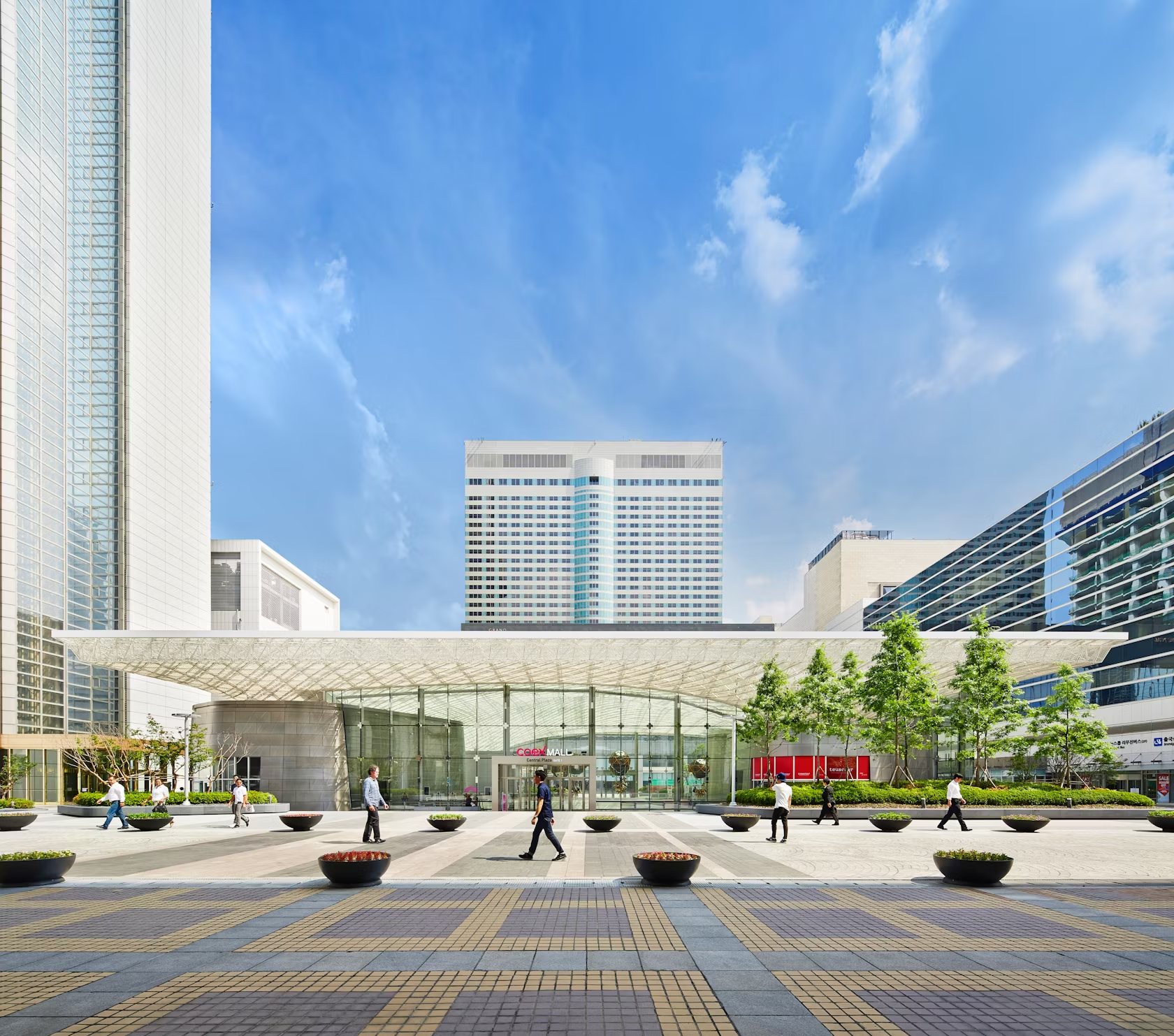Architects: Want to have your project featured? Showcase your work through Architizer and sign up for our inspirational newsletters.
Free-flowing architectural forms are nothing new. For millennia designers have explored the potential of buildings and shapes that spiral, bend and arc. Whether concave, convex or somewhere in-between, these sinuous expressions imply movement while symbolizing organic and abstract relationships. Curves are some of the most free-flowing tectonic elements. Today, these sculptural moves are used to define protrusions or formal projections that emerge from building envelopes and interiors. This “bulge” architecture has diverse spatial and programmatic implications.
Built to stand out both figuratively and literally, the following buildings explore how expanded forms can be used to shape experience. They are each designed with walls, roofs and structural systems that ripple to create flowing sequences and spaces. The projects embody a desire to rethink formal traditions while celebrating the potential of curvilinear surfaces. Each building demands attention as novel designs distinct from their contexts. Together, they prove that free-flowing buildings can be just as successful as their rectilinear counterparts in marrying function with highly innovative forms.


© Mecanoo

© Mecanoo
National Kaohsiung Center for the Arts (Wei-Wu-Ying) by Mecanoo, Kaohsiung, Taiwan
Mecanoo’s Kaohsiung Center rises from a former military terrain as a new cultural facility with concert and opera halls. Taking inspiration from local Banyan trees, the undulating structure and sweeping form connects public spaces across multiple functions.

© approach architecture studio

© approach architecture studio

© approach architecture studio
Iberia Center for Contemporary Art by approach architecture studio, Beijing, China
Sited in Beijing’s 798 art district, the Iberia Center converts separate buildings into an integrated exhibition space. Three old buildings were joined together by a continuous 165-foot brick wall that swells to interface with the nearby streetscape.

© Gensler

© Gensler

© Gensler
COEX by Gensler, Seoul, South Korea
Gensler’s COEX project was designed as a subterranean retail complex in Seoul. Created as a piece of urban infrastructure, the project develops a new identity for the district through an undulating glazed roof above a metal screen panel system and space frame.

© BIG - Bjarke Ingels Group

© BIG - Bjarke Ingels Group

© BIG - Bjarke Ingels Group
Gammel Hellerup Gymnasium Multi-Purpose Hallby BIG – Bjarke Ingels Group, Hellerup, Denmark
BIG’s new multi-purpose hall was designed as a space for ceremonies, sports activities and social gatherings. Combining multifunctional space below the school courtyard, the form rises to create a new hilly schoolyard and informal venue or “molehill.”

© TEN Arquitectos

© TEN Arquitectos
Memorial of the 150th Anniversary of the Battle of Puebla by TEN Arquitectos, Puebla, Mexico
Sited in the city of Puebla, this memorial project celebrates Poblana culture through an organization that combines public space and landscape design. As a place for cultural and social exchange, the project features a curving, undulating surface for gatherings and reflection.


Ecumenical Forum by Wandel Lorch Architekten, Hamburg, Germany
Combining a town house and a sacred building, the Ecumenical Forum was created from the association of 19 Christian denominations. Three sculptural embossments highlight the chapel’s key religious aspects through concave façades.

© Daria Scagliola/Stijn Brakkee

© Daria Scagliola/Stijn Brakkee

© Daria Scagliola/Stijn Brakkee
The Couch by MVRDV, IJburg, Netherlands
MVRDV’s Couch project was designed as a tennis club house between clay courts and a school. As a viewing platform that overlooks the water, the sweeping form provides a central gathering place for the surrounding area along the long, open building volume.
Architects: Want to have your project featured? Showcase your work through Architizer and sign up for our inspirational newsletters.



